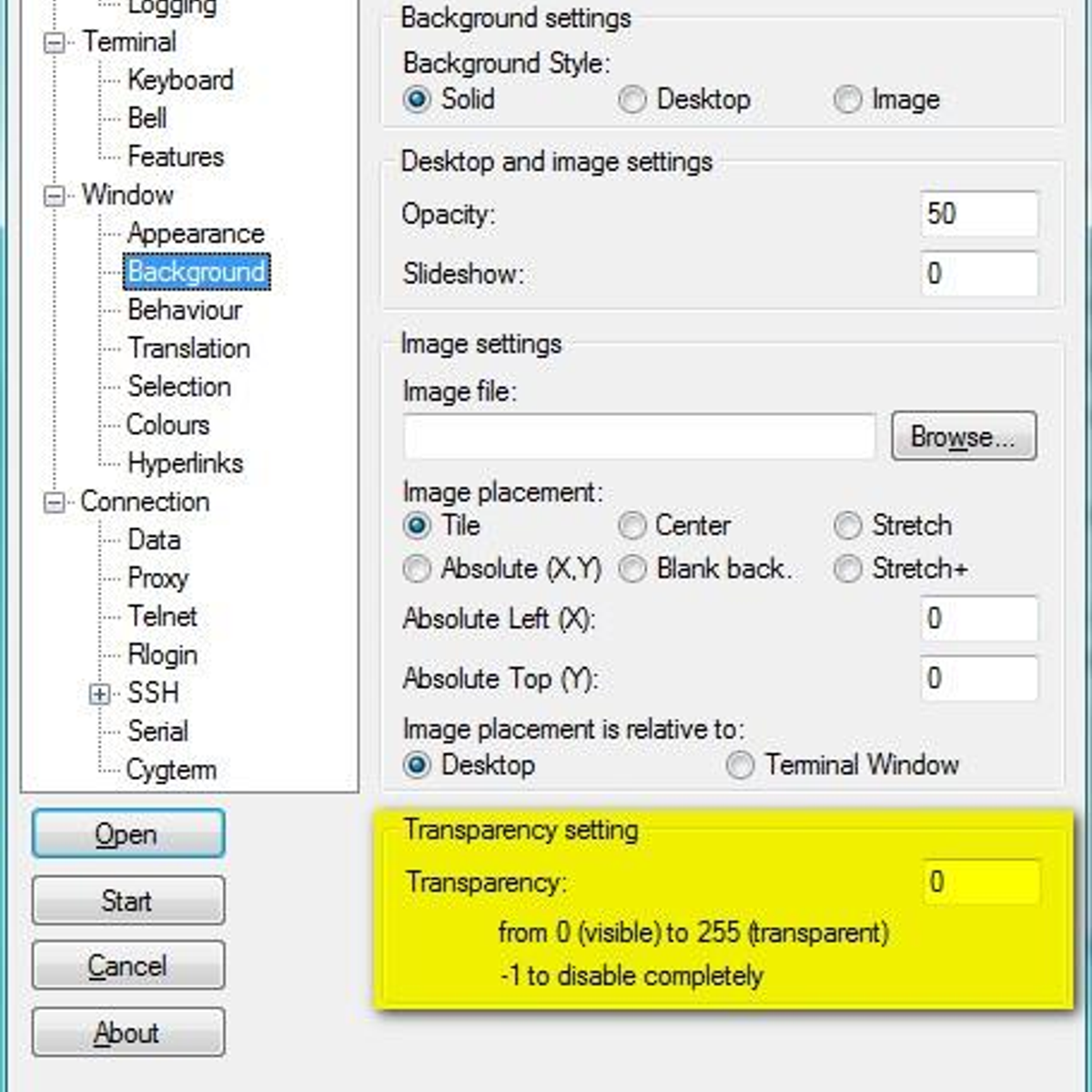
Jun 4, 2019 - Users with MCECS Linux accounts may remotely access the general. From the terminal, you can connect to any remote ssh server using the ssh. For more assistance connecting via SSH, email support@cat.pdx.edu. Connect to Linux from Windows by using PuTTY. Last updated on: 2019-01-10; Authored by: Rackspace Support; After you have created a new Cloud Server with the Cloud Control Panel, you need to make a secure remote connection from your local computer to your Cloud Server. This article describes how to use a client called PuTTY to form a Secure Shell (SSH) connection from a computer running a. Configuration for Arch Linux, i3, kitty, nvim, zsh, tmux and more + installation guide - maximbaz/dotfiles. Configuration for Arch Linux, i3, kitty, nvim, zsh, tmux and more + installation guide - maximbaz/dotfiles. ☑ Automatically start tmux on the remote hosts. Every connection joins the same single tmux session, allowing to easily.
When I try downloading a file from my server onto my computer, it actually downloads the file onto the server.(Note I am already SSH'd into my server before typing this command. There's no way to initiate a file transfer back to/from local Windows from a SSH session opened in PuTTY window.Though PuTTY supports connection-sharing.While you still need to run a compatible file transfer client ( or ), no new login is required, it automatically (if enabled) makes use of an existing PuTTY session.To enable the sharing see.Even without connection-sharing, you can still use the psftp or pscp from Windows command line.SeeNote that the scp is OpenSSH program. It's primarily.nix program, but you can run it via or get a Windows build from.If you really want to download the files to a local desktop, you have to specify a target path as%USERPROFILE%Desktop (what typically resolves to a path like C:UsersusernameDesktop).Alternative way is to use. While you browse the remote site, you can anytime open SSH terminal to the same site using Open in PuTTY command.See.With an additional setup, you can even make PuTTY automatically navigate to the same directory you are browsing with WinSCP.See.(I'm the author of WinSCP).
Considering that you already have archives in your server (that you access using PuttY, right?) so you construct the following code: spc. You already know this. So now you download and open the winSPC and when it starts, you can log your server in there. After this you can access the folder and select download. It's pretty easy. If you still have question, search on google about the program, or download its handbook.I hope it's helpfull.–Mar 30 at 6:48.
I do most of my coding at work on a Linux server. My laptop at work runs Windows 7 and I can’t do much about it. So enter PuTTY – the ubiquitous terminal emulator for Windows. But I miss the eye candy of gnome terminal. PuTTY intentionally doesn’t support transparency or background images.
So enter KiTTY – the slightly unstable and bloated PuTTY derivative that supports transparency, background images, automatic passwords, executing commands on remote machine among other things.Get your copy of KiTTY. Now let’s enable transparency and other eye candy.
By default KiTTY doesn’t display options for setting background images. We can enable it by setting it kitty.ini file. That file is located on my Windows 7 PC at C:UsersusernameAppDataRoamingKiTTYkitty.ini.Set this value to yes for KiTTY to enable setting background images. Backgroundimage=yesThe option will be available under the category “Window” as shown. Select your favorite image as the background and set a comfortable transparency level. Different profiles can have different images and other settings.If you want to dynamically control transparency of KiTTY, set this variable in kitty.ini transparency=yestransparencyvalue=0If you are setting the background image and transparency, this option is not needed. This option is needed only if you want to change transparency dynamically.
Ctrl + Up/Down increases/decreases transparency of the current frame.Something that bothered me now was that KiTTY was capturing some of my key chords (Ctrl + arrow keys) instead of passing it on to the application on the remote server (screen in my case). Disabling shortcuts in kitty.ini solves this problem (you do lose all KiTTY shortcuts, which I don’t miss). Shortcuts=noYou can set post login commands which will be executed on remote machine after login.
Build A Linux Pc
This is useful for stuff that cannot be done in.bashrc like becoming root. A command like this 'psunprootpassn'would do the trick. The command is to be entered in the “Data” section of the config as shown. For details of what “p” and other escape sequence stands for, check.Even though KiTTY can save your login and password, I prefer using username@host.com and a putty private key file. Use to generate a private key/public key pair.
Put the public key in /.ssh/authorizedkeys file on a separate line on the remote machine. Give the path of the private key to KiTTY under “SSH-Auth” as shown. More details can be found. It is worth the effort of creating a private key/public key pair for two reasons – 1) It is more secure 2) Even if the server takes time to respond, authentication will happen with the ppk file. KiTTY waits a certain amount of time and just pushes the password.

Kitty Connect To A Linux Pc Remote Kitty Hawk
If the server is taking time to respond, the password sent is lost and will have to be manually entered. Having a private key (ppk file) doesn’t have this problem, since it’s triggered by the server requests for authentication and not a predetermined timer.Also if you plan to view X applications over the session, enable X forwarding (reverse ssh tunneling) under “SSH-X11” as shown.
